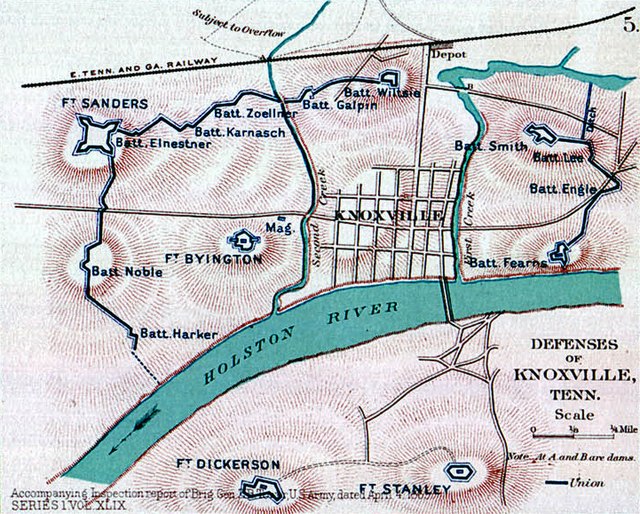
John Hunt Morgan (1825-1864) was a Confederate general whose operations seemed more guerilla-like than military. He’s known for attacking the supply lies of Union General William Rosecrans and famous for a raid into Indiana and Ohio that took hundreds of prisoners, before ending in Morgan’s capture and imprisonment (he did manage to escape prison and return to the war).
Nathan Bedford Forrest (1821-1877) was a Confederate general who was the most feared cavalry commander on either side during the Civil War. He disrupted Ulysses Grant’s operations at Vicksburg, he broke out of Union encirclements, and he participated in the Battle of Chickamauga. He was also involved in what came to be known as the Massacre at Fort Pillow, where Black soldiers in Union uniforms were systematically killed.
Colonel Thomas F. Berry (1832-1917) rode with both Morgan and Forrest. In 1914, he published his memoir of the Civil War and shortly after, Four Years with Morgan and Forrest. Given the reputations of both Confederate commanders, it’s easy to see why he waited nearly 50 years after the end of the war. He kept a diary throughout the war, and the diary became the basis for the memoir.
The memoir surprises in two ways.

First, Berry feels no remorse or regret for anything he or his commanders did during the war; the reader has the impression that Berry would it all over again if he had to and wouldn’t change a thing.
Second is what Berry describes. Jack Ryan, Jack Reacher, and James Bond move over. You look like pikers compared to the real-life adventures of Thomas Berry. The memoir is full or raids, attacks, battles, and deaths (a lot of deaths), and even includes a tragic love story.
Berry was captured 13 times. He escaped all 13 times, including from the prison on Rock Island in the Quad Cities area of Iowa and Illinois – in the dead of winter, and by traveling on a chunk of ice. He was shot a total of 26 times, surviving all wounds. One bullet was so lodged that the surgeon refused to operate, so Berry, with the help of a nurse, operating on himself and removed the bullet. He was stitched himself up afterward. (He does thank the nurse for her assistance.)
His story doesn’t end with the end of the Civil War. Berry went on to fight in Mexico for the next two years, during the short-lived reign of the Emperor Maximilian.
It’s an amazing and often shocking story. You wonder if Berry invented some parts, like performing surgery on himself. But he describes it in such a matter of fact, non-sensational way that you tend to accept the account at face value. He doesn’t seem to exaggerate; he simply follows what he wrote in his diary.
What a story he tells!












